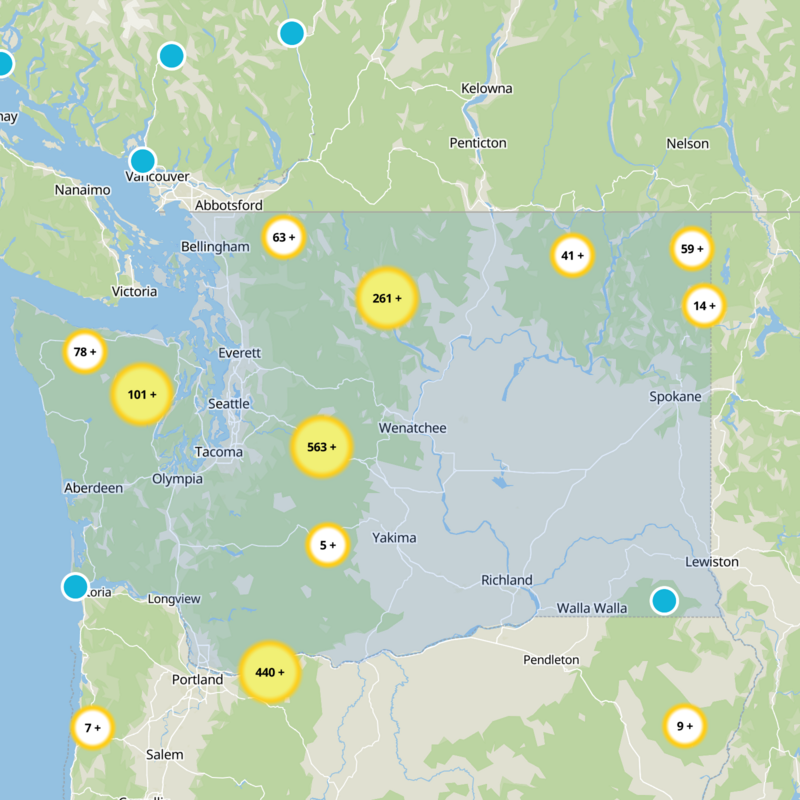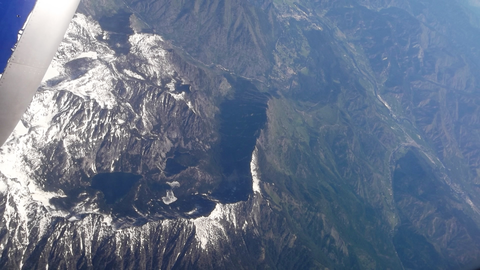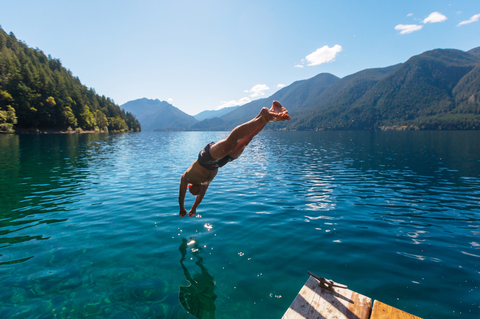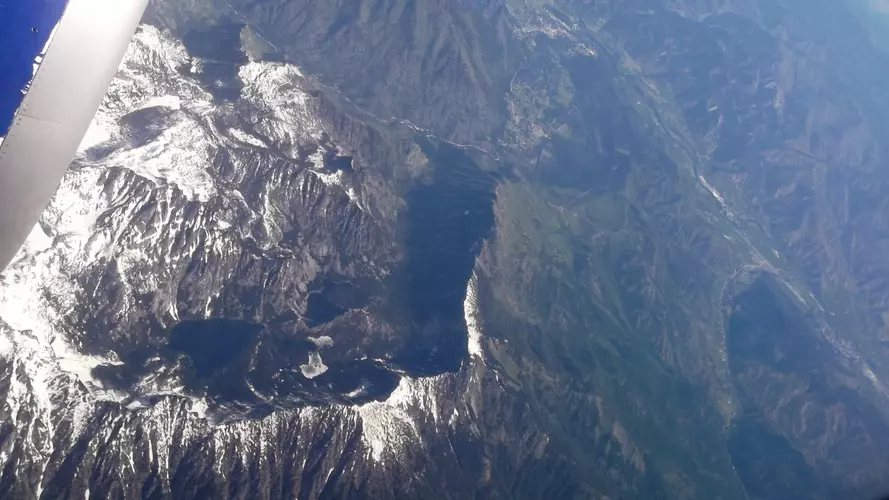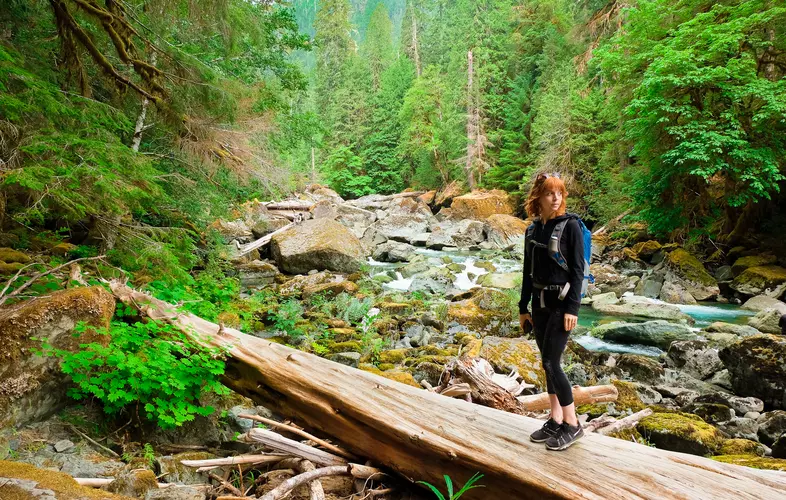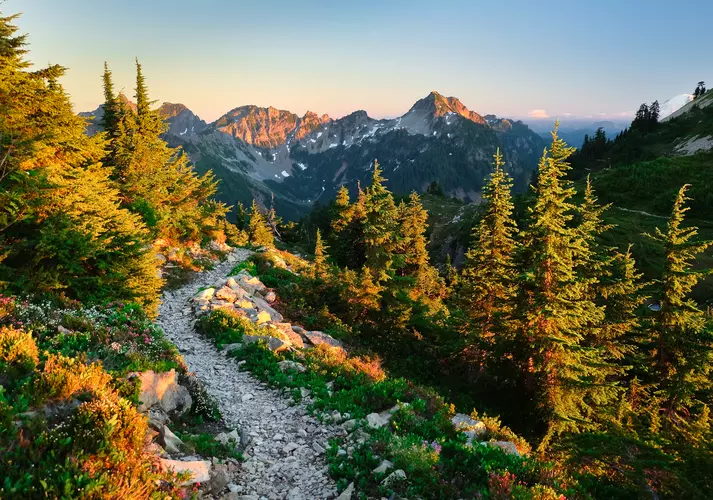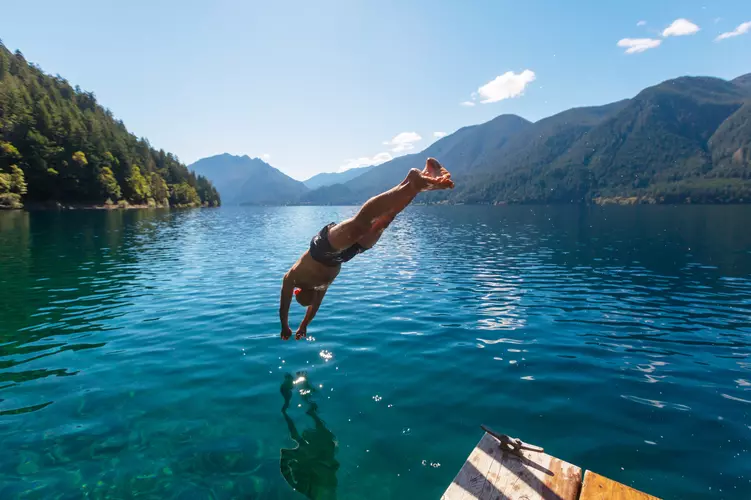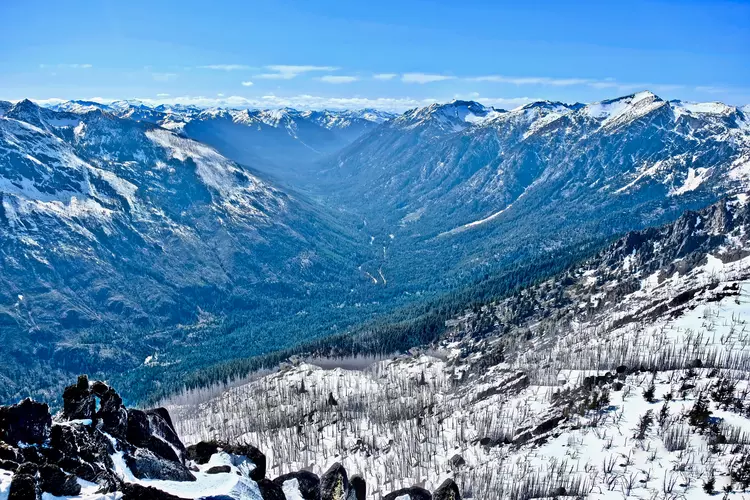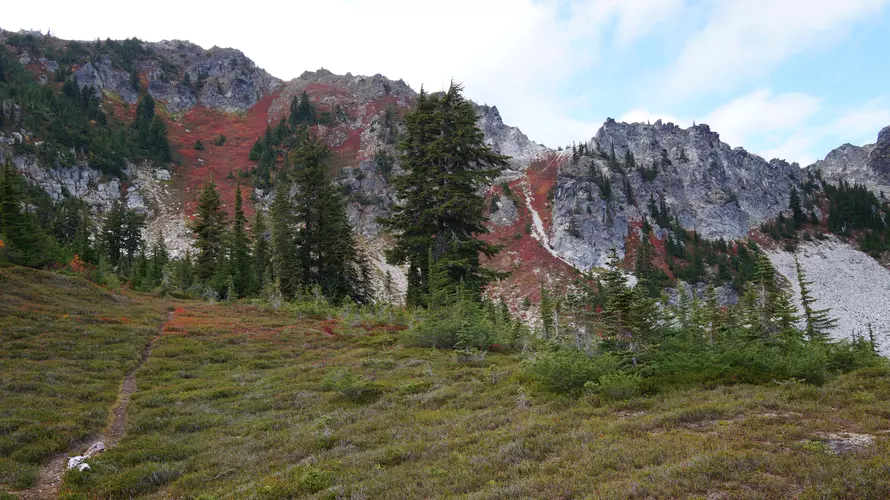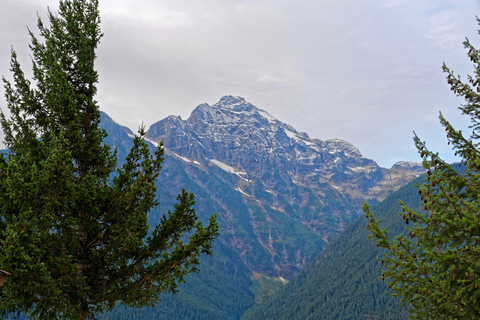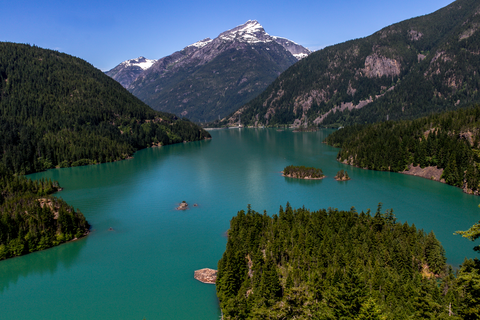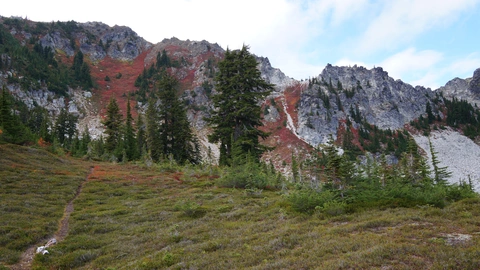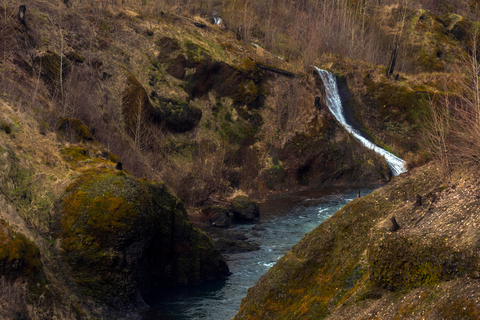"Explore Washington's diverse trails, from mystical rainforests to majestic mountains, each with enchanting stories."
Washington State is a hiker's paradise, offering a diverse tapestry of trails that weave through lush rainforests, rugged coastlines, and majestic mountain ranges. Imagine trekking through the mystical Hoh Rainforest, where ancient trees draped in moss create an enchanting canopy, or conquering the challenging ascent of Mount Rainier for breathtaking panoramic views. Each trail tells a story, from the wildflower-strewn meadows of the Enchantments to the serene shores of Lake Crescent. Washington invites you to explore its natural wonders and discover the beauty that awaits around every bend.
Most popular hikes
FAQs about hiking in Washington






